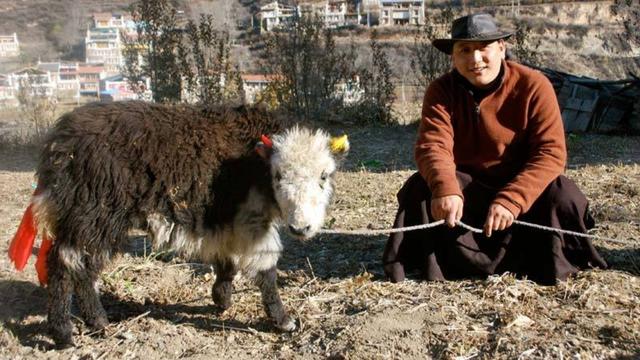The “Three Consciousness Campaign” shows that the CCP is concerned about the success of the Tibetan non-violent resistance movement.
by Lopsang Gurung


It all started in May. Buddhist monks and nuns were summoned all over Tibet Autonomous Region (TAR), and asked to participate in re-education courses that would teach them the “Three Consciousness”: national consciousness, citizen consciousness, rule of law consciousness. They already knew before the program started that “national consciousness” means supporting the Chinese rule in Tibet and condemning “separatism,” and “citizen” and “rule of law” consciousness means learning to obey without questions the CCP, the Central Committee, and Xi Jinping.
Beleaguered Tibetan monks and nuns have been submitted to several re-education programs before, yet they report that this one is somewhat new. They certainly knew what they would be taught to support, but this time they were asked to specifically renounce and condemn four movements.
First, they should condemn Tsethar or “merit release,” i.e., the Buddhist practice of releasing animals destined for slaughter. The practice has now its critics among environmentalists, who claim that the animals released into the wilderness may create an unbalance in the ecosystem. However, what disturbs the CCP is more Tsethar’s religious meaning and the fact that it happens outside a system of dealing with domestic animals that is rigidly regulated by the authorities.


Second, monks and nuns are asked to condemn the Saka Dawa fasting. Saka Dawa is the holy month around Vesak, the feast that celebrates the birth, enlightenment, and death of the Buddha. Many Tibetans fast for two (or three) days, and do not eat meat during the whole month (despite Western misconceptions, many Tibetan Buddhists are not vegetarian).
Third, monks and nuns are told to celebrate Losar, the Tibetan New Year, and incite lay Buddhists to do the same. To outsiders, this may seem strange, as Losar is a quintessential Tibetan festival, is connected with the Tibetan calendar, and it would seem that its celebration reinforces the Tibetan identity and resistance to Sinicization. However, after the bloody repression of the mass uprising of 2008, Tibetans inside the borders of China decided to protest by abstaining from celebrating Losar.


The movement was started in 2009 and was a great success, thanks to the spontaneous mobilization of the Tibetan population. The CCP has often argued that those who do not celebrate Losar are manipulated by the monks. Every year, monks are arrested. The paradox continues, as the CCP on the one hand systematically destroys Tibetan culture, on the other hand asks monks and nuns to promote Losar festivals, because not attending them is perceived as a protest against China.
Fourth, monks and nuns are taught to take a stand against the “farmers’ strikes,” another form of non-cooperative protest in which farmers refuse to cultivate their land to protest the suppression of Tibetan language and culture. The protest started in parts of historical Tibet that are now included in the Chinese province of Sichuan, but extended to TAR as well.
All these are forms of non-violent protest, which particularly disturb the CCP. The Chinese authorities often do not know how to react without causing more protest. They seem to believe their own mythology that all Tibetan protests are organized by monks and nuns, and thus try to compel the latter to “cooperate, or else.” Silencing the nuns and monks, however, will not stop the increasingly successful resistance of an entire people.









